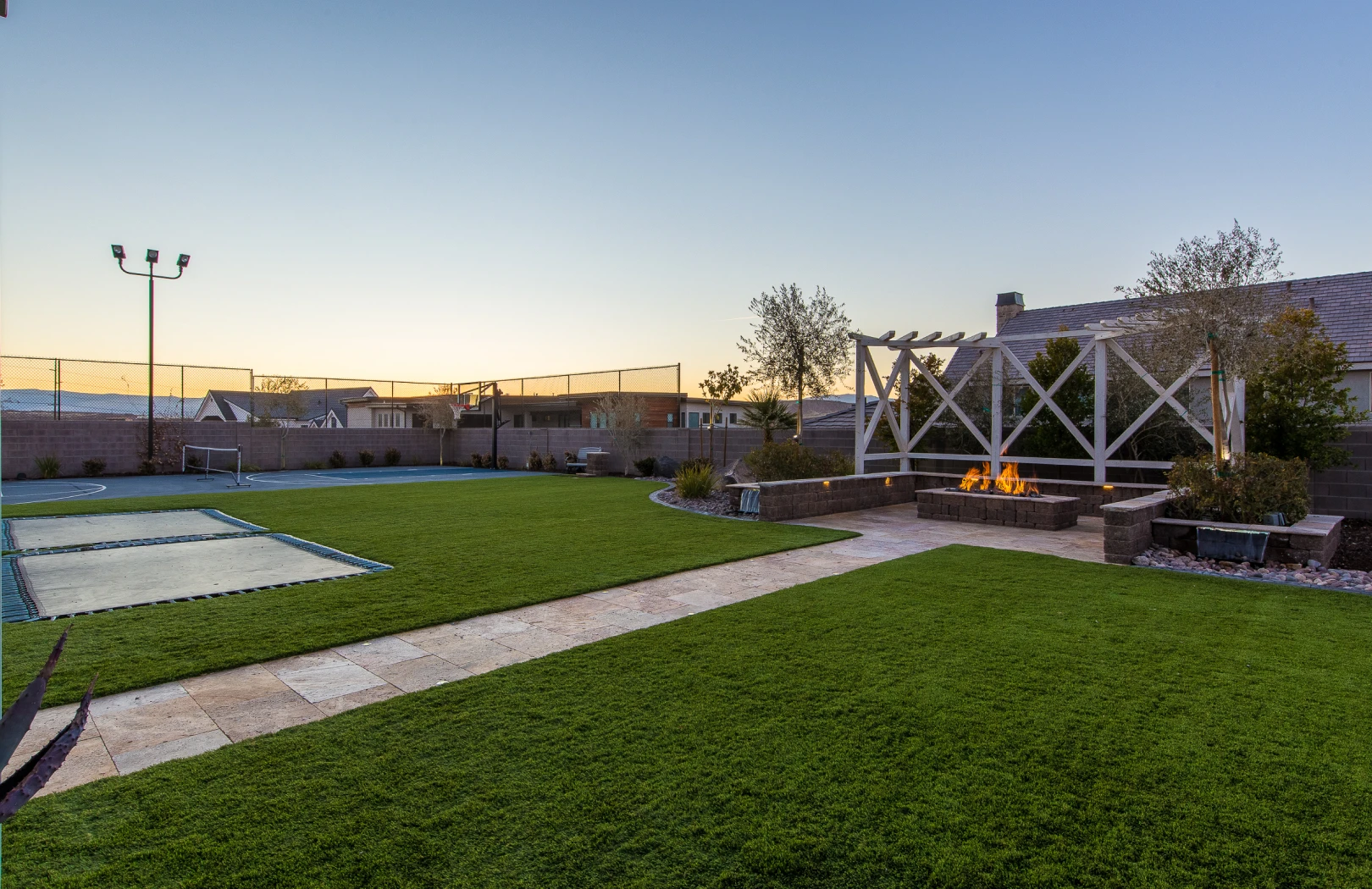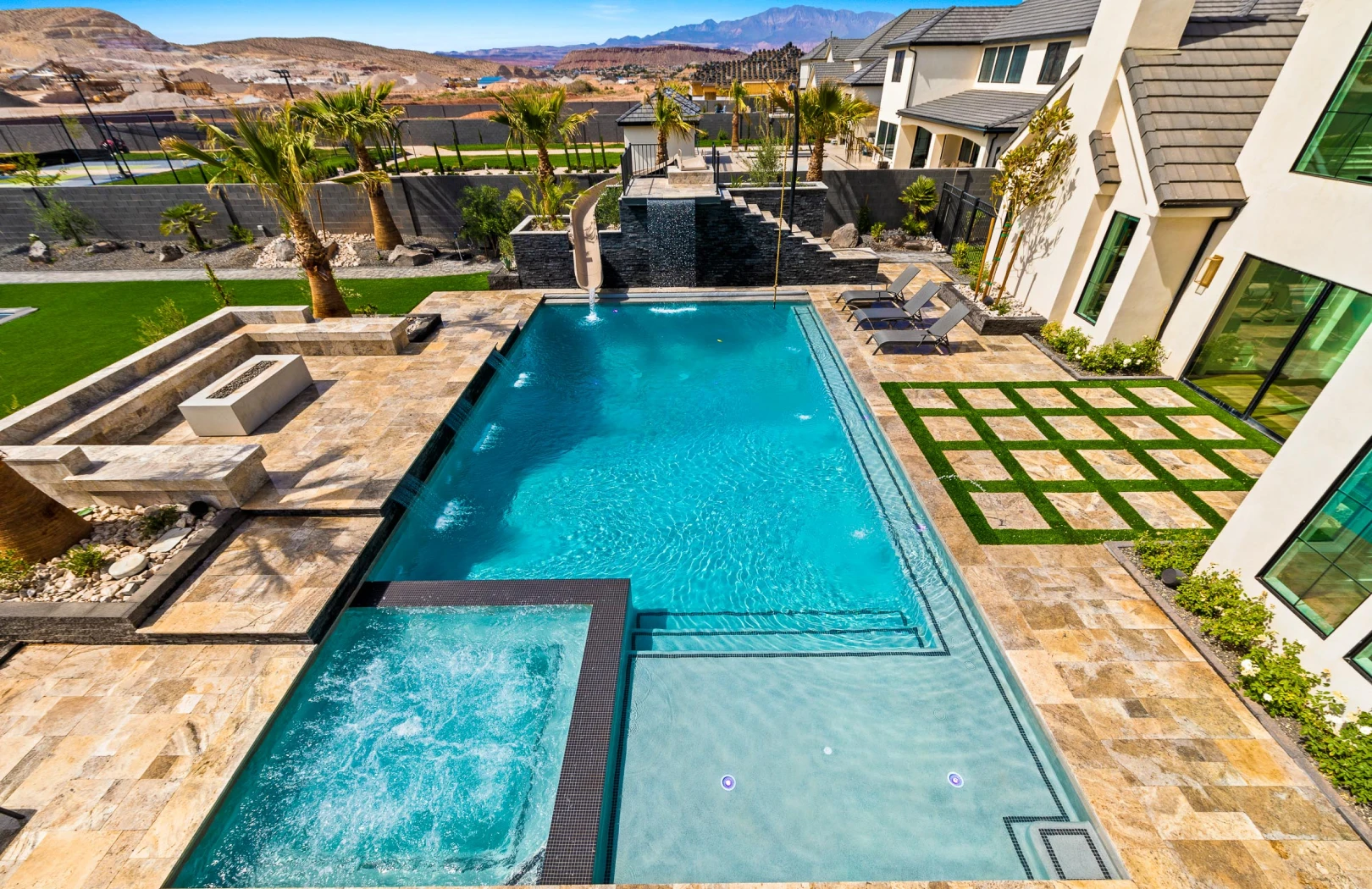Sports fields are vital for athletes, teams, and communities. Over time, wear and tear can take a toll, leading to conditions that can affect both performance and safety. Understanding when it’s time to replace or upgrade your field is crucial to maintaining a safe and effective environment. Below we explore key signs that indicate it’s time to consider an upgrade, including insights from EcoGreen, experts in installing synthetic grass and landscaping solutions.
Understanding the Lifespan of a Sports Field
The lifespan of a sports field can vary significantly based on multiple factors. Natural grass fields typically last about 5-10 years, depending on maintenance and usage, while synthetic turf fields can endure 10-15 years or more with proper care. Regular upkeep plays a critical role in extending a field’s life, but eventually, the time will come for an upgrade.
The Importance of Regular Maintenance
Routine maintenance is essential for prolonging the life of any sports field. This includes activities such as aeration, reseeding, mowing, and fertilization. For synthetic turf, regular cleaning and infill replenishment are vital. EcoGreen specializes in maintaining and installing both natural and artificial grass, ensuring that every field remains in optimal condition. Additionally, employing a maintenance schedule that aligns with seasonal changes can further enhance the field’s resilience. For instance, winterizing natural grass fields can protect them from harsh weather, while summer maintenance can help combat the effects of heat and drought.
Factors That Can Shorten Field Lifespan
Various elements can accelerate the deterioration of a sports field. High traffic levels, extreme weather, poor drainage, and lack of maintenance can all contribute to a field’s decline. While natural fields may be resilient to some degree, artificial grass, although durable, can also show signs of wear if not cared for properly. Moreover, the type of sports played on the field can influence its wear and tear; for example, sports that involve frequent stopping and starting, like soccer or football, can create uneven wear patterns. In addition, the choice of materials used in both natural and synthetic fields plays a crucial role in their longevity. High-quality seed varieties for natural grass or premium infill materials for synthetic turf can significantly enhance durability and performance, making it essential for field managers to invest wisely in their field’s construction and upkeep.
Sign 1: Deteriorating Field Conditions
One of the most obvious indicators that it’s time to replace or upgrade your sports field is when the conditions of the playing surface begin to deteriorate. This can manifest in numerous ways, including uneven surfaces, bare spots, and increased mud patches, which not only affect gameplay but can also lead to safety hazards. The visual appeal of a well-maintained field also plays a significant role in attracting teams and events, as a pristine playing surface reflects the level of care and investment made by the organization.

Recognizing Wear and Tear
As fields age, the visible signs of wear and tear become apparent. Look for thinning grass, patches that won’t grow, and hard areas that don’t absorb impact well. These issues can severely hinder player performance and enjoyment. Implementing synthetic grass from EcoGreen may be a long-term solution, providing a consistent playing surface throughout the year. Additionally, regular maintenance practices, such as aeration and overseeding, can help prolong the life of natural grass fields, but they may not be enough to combat severe deterioration.
The Impact of Poor Drainage
Poor drainage can exacerbate field deterioration, leading to muddy sections and standing water after rain. These troublesome areas not only make it hard for athletes to play but can also create potential injury risks. Upgrading to a synthetic turf solution enhances drainage, eliminating these troublesome spots and providing a reliable playing surface regardless of weather conditions. Furthermore, effective drainage systems can prevent the growth of harmful mold and bacteria that thrive in damp environments, ensuring a healthier playing area for athletes.
Long-Term Cost Implications
Investing in a new sports field or upgrading to synthetic turf may seem daunting from a financial perspective, but the long-term cost implications can be quite favorable. Natural grass fields require ongoing maintenance, including regular mowing, fertilization, and irrigation, which can add up over time. In contrast, synthetic fields typically require less maintenance and can withstand heavy use without significant wear. This not only saves money in the long run but also allows for more consistent scheduling of games and practices without the worry of field conditions impacting play.
Environmental Considerations
When contemplating field upgrades, it’s also essential to consider the environmental impact. Natural grass fields contribute positively to the ecosystem by providing oxygen, supporting biodiversity, and managing stormwater runoff. However, synthetic turf has evolved significantly, with many modern options designed to be more environmentally friendly, utilizing recycled materials and reducing water usage. By weighing the ecological benefits of both options, organizations can make informed decisions that align with their values while still providing a safe and enjoyable playing environment for athletes.
Sign 2: Increased Player Injuries
A noticeable surge in player injuries may signal that it’s time to reassess your sports field. Unsafe playing environments can lead to serious injuries, impacting not only the athletes but also the reputation of the hosting organization.

The Role of Field Conditions in Player Safety
Field conditions are directly related to athlete safety. A well-maintained surface reduces the risk of slips, falls, and other accidents. Using EcoGreen’s expertise in high-quality artificial grass can help create a safer playing field, minimizing injuries and ensuring athletes can perform at their best without the fear of unsafe conditions. Additionally, the choice of materials and the installation process play crucial roles in the longevity and safety of the field. Regular maintenance checks, including grooming and cleaning, can further enhance the performance of the turf and provide a consistent playing experience.
Injury Types Linked to Poor Field Conditions
Familiarize yourself with common injuries that often arise from poor field conditions, such as ankle sprains, knee injuries, and even concussions from falls. Investing in an upgraded field with high-performance turf can significantly reduce these risks, protecting athletes and fostering a safer sporting environment. Beyond just physical injuries, the psychological impact of frequent injuries can also affect player morale and confidence. Athletes may become hesitant to fully engage in their sport if they associate their playing environment with pain or injury, which can lead to a decline in overall performance and enjoyment of the game. By prioritizing field safety, organizations not only protect their players but also promote a culture of health and well-being that can resonate throughout the entire sports community.
Sign 3: Decreased Performance Levels
As conditions deteriorate, team performance can suffer. Athletes require a certain quality of field surface to achieve peak performance. Recognizing when performance declines could indicate issues with the field is crucial for coaches and administrators.

How Field Conditions Affect Player Performance
Inconsistent playing surfaces can lead to frustration among players, impacting their confidence and effectiveness on the field. Uneven turf, patches of mud, and overgrowth can all lead to a subpar experience that hinders performance. Upgrading to top-quality artificial grass can provide a more reliable and enhanced playing surface. Moreover, the psychological aspect of playing on a well-maintained field cannot be overlooked; athletes often feel more motivated and focused when they know they are competing on a surface that meets high standards. This sense of pride in their environment can translate into improved teamwork and communication during games.
The Connection Between Field Quality and Team Success
A well-maintained, high-quality field not only supports individual player performance but also enhances overall team success. Improved conditions can lead to better training outcomes, higher morale, and ultimately, more victories. EcoGreen understands this connection and is dedicated to delivering solutions that foster athletic excellence. Additionally, the long-term benefits of investing in quality field maintenance can be seen in injury prevention; a consistent playing surface reduces the risk of slips and falls, allowing athletes to perform at their best without the fear of injury. This proactive approach to field care not only boosts player confidence but also contributes to the longevity of their athletic careers, making it a wise investment for any sports program.
Sign 4: Frequent Complaints from Players and Coaches
When you start receiving consistent feedback from players and coaches about field conditions, pay attention! Voices from the field are important and indicative of the need for action.
Listening to Feedback from Field Users
Establish a channel for players and coaches to share their experiences regarding field conditions. Listen closely to their feedback, as they are the ones who know best how the field affects their game. If complaints arise about safety, performance, or accessibility, it’s imperative to consider upgrading your facility.
Addressing Concerns Proactively
Being proactive about field concerns not only demonstrates commitment to player safety and enjoyment but also fosters trust within your community. If players are unhappy with conditions, they may seek alternatives. Opting for EcoGreen’s synthetic grass installations can address these issues and provide a long-lasting, low-maintenance solution.
In conclusion, identifying the signs that it’s time to replace or upgrade your sports field can save time, money, and potential safety hazards down the road. By recognizing the importance of field conditions and acting when necessary, you can ensure a safe, high-quality playing surface for all athletes. If you think your sports field may be due for an upgrade, consider contacting EcoGreen for a synthetic grass quote today!




